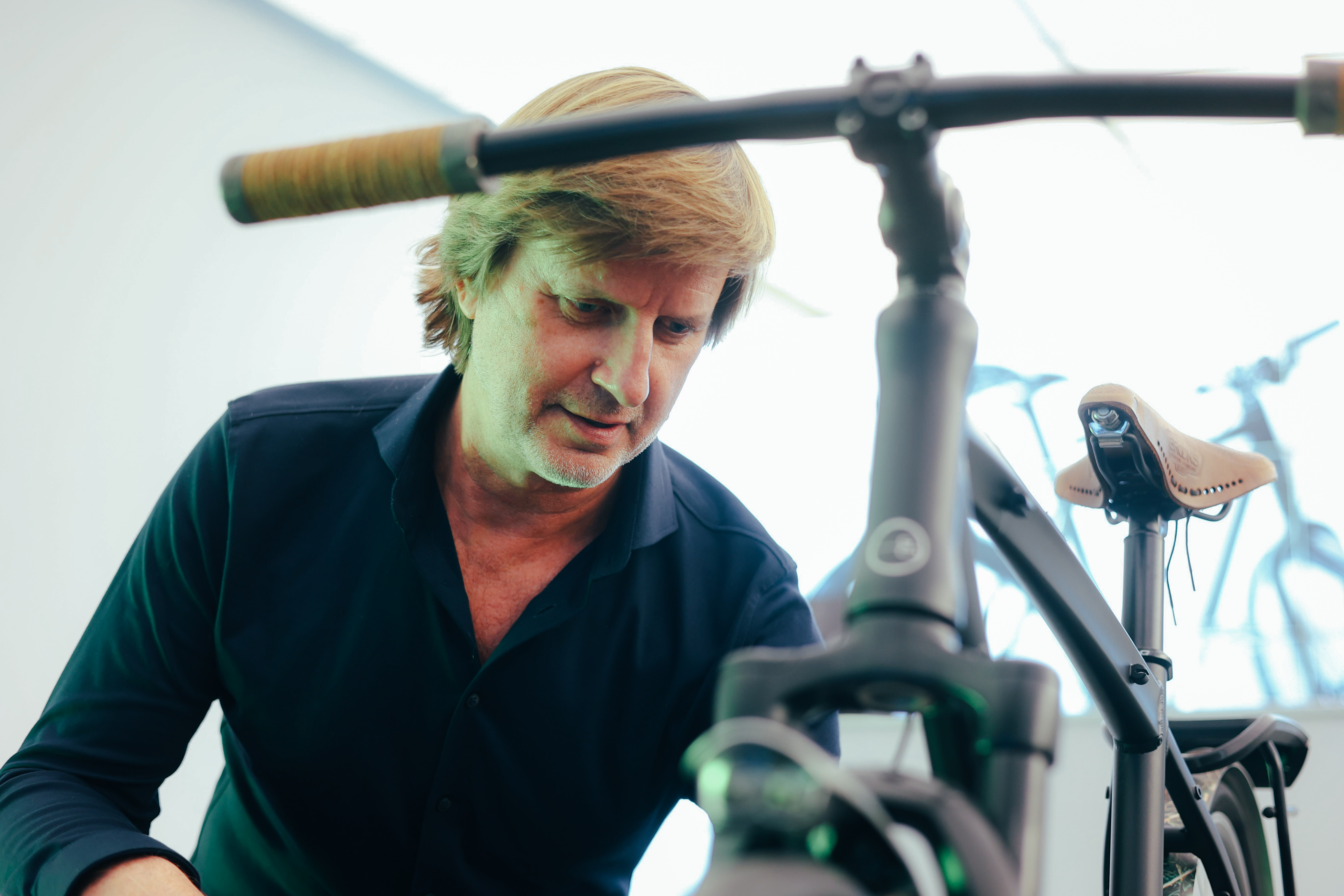5 great reasons to apply for a patent

Imagine you’ve just developed a new product. You’re immensely proud of your innovation and, of course, you want to show it off.
-
How do you protect your product?

-
What are the steps to protect your innovation?

-
3 reasons to protect your innovations

So you take your latest baby to a trade fair. And that turns out to be the right decision. The fair’s visitors have nothing but high praise for your innovation. So you decide to launch your product onto the market. But first you want to protect it, so no one else can copy your product. And that’s where the trouble starts – because your innovation has already been made public, so you can no longer file for a patent. There goes your patent, and together with the patent, the future of your business too.
Patents protect your business
Granted, this story sounds a little bit dramatic. But it does highlight the risk you take if you don’t treat your innovations with care. “Making products public before you protect them is basically trade suicide”, Curana’s Dirk Vens explains. Vens is a Belgian third-generation manufacturer of mudguards, chain guards and luggage carriers. His company is living proof that products don’t have to be the height of technology to require a patent.
Christophe Deconinck from the Belgian Intellectual Property Office (IPObel) of the FPS Economy is adamant about this as well. “Secrecy is key. Business partners and advisers should sign a confidentiality agreement. And make sure your employees sign a watertight contract, containing clear guidelines regarding intellectual property rights.”
Patent research avoids any infringements on your side
The opposite is also true – companies often launch a new idea without realising they themselves are infringing on a patent. That’s where the patent database comes in. This system grants access to all businesses, free of charge, so they can search for existing patents and the products those patents cover. There are also design and trademark registers, listing all protected designs and brand names. “Of course this kind of research is extremely time-consuming. But it is worthwhile spending that time to avoid problems in the future. Or you could hire a patent solicitor”, Christophe Deconinck advises.
A badly written patent will come back to haunt you
Patents register your idea forever
“We actually start protecting our products at a very early stage with an i-DEPOT. This is basically a digital date stamp that shows a certain idea is yours, and more importantly, that you were the first to have it.” But be careful: an i-DEPOT is not the same as a patent and doesn’t offer any real protection. You do still need to file for a patent afterwards.
And according to Dirk Vens you’re best off being thorough. “When applying for a patent, you must be really thorough. It can even be a case of using the right wording. Patents written by amateurs is a toxic combination – a badly written patent will come back to haunt you."
Some companies think copyright means you have the right to copy something
Patents reflect positively on your image
Patents are an essential element of Curana’s business strategy. Their competitors are aware of this and this makes them much less likely to try and copy their products. “For us, patents are like life insurance. Some companies think copyright means you have the right to copy something.”
Christophe Deconinck firmly believes that patents help you build a reputation. You stop your competitors from copying something. But of course that reputation works both ways. If a company doesn’t protect its products, it also sends a certain message.
Patents offer exclusivity
So again: a patent grants you the right to exclusively market a specific product. On top of that, you can sell licences to third parties, granting them the right to manufacture and market your product.
But are patents really the only way to protect your innovations? You could also opt for design right or confidentiality, for example, or you could sign an exclusive contract. “This prevents your competitors from working with certain raw material suppliers”, Dirk Vens concludes. “And it also helps us effectively protect our market.”